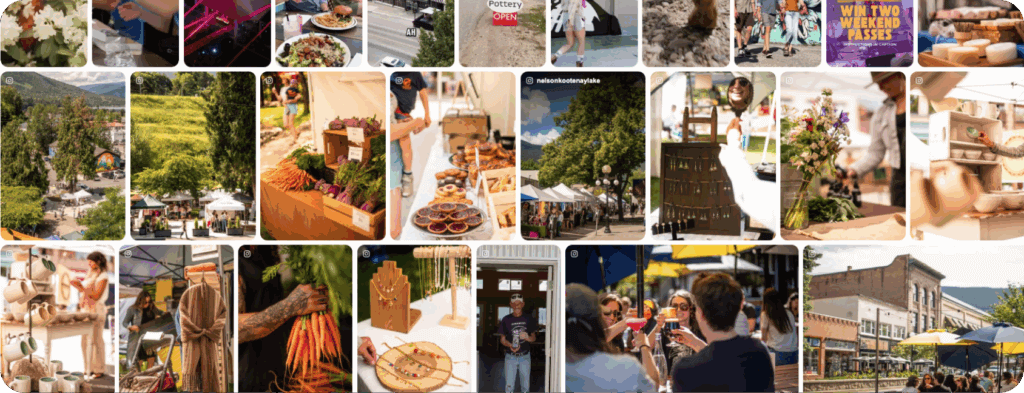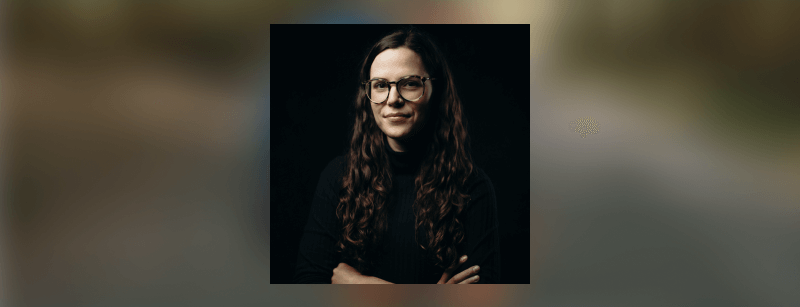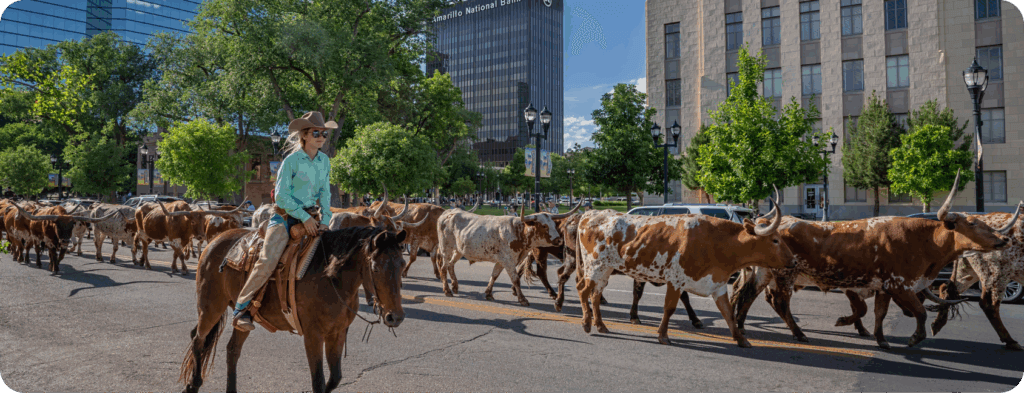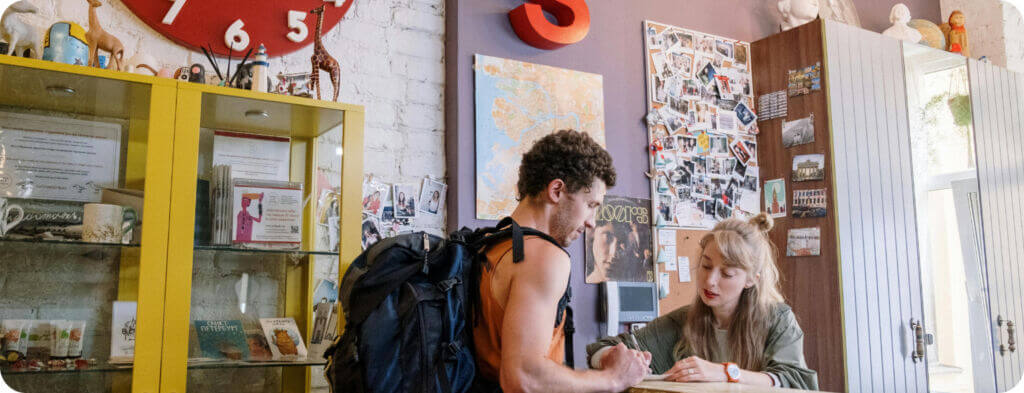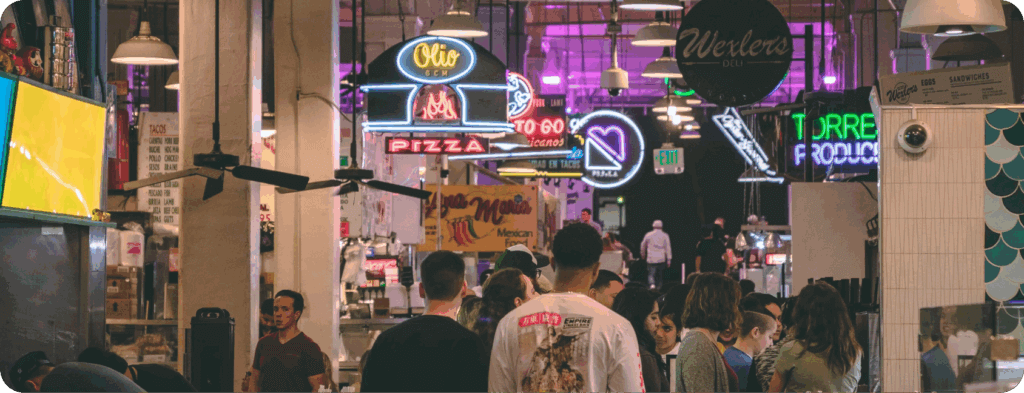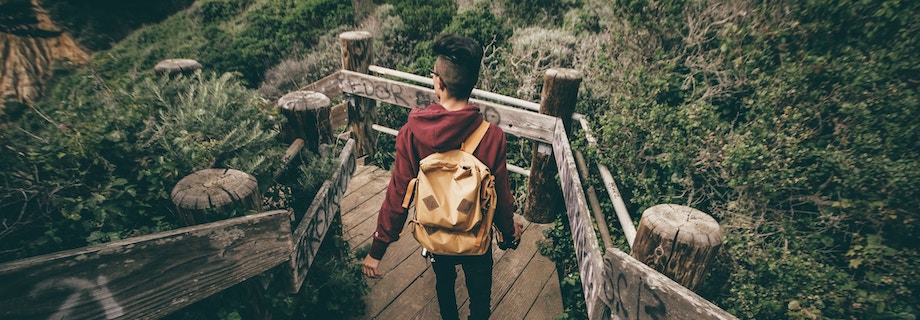
When travelers see stunning photos of iconic attractions or natural wonders on social media, they probably start to imagine a trip to those places. And the good news is that many travelers also understand what’s at stake when they travel and what they can do to minimize harm to destinations.
Climate change and sustainable tourism have been flashpoints for the travel industry in recent years as more brands realize they need to change their practices and environmental footprints if they want to protect their business.
Some 72 percent of respondents to a 2019 Booking.com survey said they believe that people need to act now and make sustainable travel choices to save the planet for future generations, and 71 percent said that travel companies should offer consumers more sustainable travel choices.
The dilemma brands face is how to balance sharing beautiful images and video of destinations with the responsibility to protect them from the crowds that will be compelled to visit to snap their own photos. Some destination marketing organizations (DMOs) have launched campaigns dedicated to sustainable travel, including telling travelers how to take the photos they want without endangering themselves or the environment.
The Iceland Impetus
Iceland is one of the most prominent examples of how social media can essentially mainstream a destination, and how the travel industry was forced to take action. The country’s 2010 volcanic eruption sent a flood of visuals around the world of Iceland’s majestic landscapes that inspired millions of travelers to book trips to see the northern lights, waterfalls, and glaciers.
More than two million travelers visited Iceland in 2018, where the population is just under 340,000. Tourism infrastructure in parts of the country has been strained in the past decade and the agriculture and fishing industries, in particular, have suffered as tourism became the country’s top industry.
Inspired by Iceland, the country’s destination marketing organization, launched the Icelandic Pledge in 2017 to educate travelers on how to respect the country and locals, and the destination continues to create content on how to be more sustainable as a tourist that highlights simple actions that go a long way, like how to take that perfect photo safely and respectfully.
Desert Botanical Garden Sees New Sustainability Exhibit as Selfie Hotspot
Phoenix’s Desert Botanical Garden opened its Wild Rising exhibit earlier this month that features more than 1,000 animal sculptures made from colourful and recyclable plastic. The exhibit aims to address global and local sustainability and conservation issues, including climate change, plastic in the oceans, and the importance of recycling.
There are strong community messages throughout the exhibit, said Lauren Warren, director of exhibits.
“The sculptures are definitely a selfie hotspot, they are very whimsical,” said Warren. “The animals are very brightly colored and unique for our environment, and some of the animals represent endangered species which is something that we’re particularly focused on.”
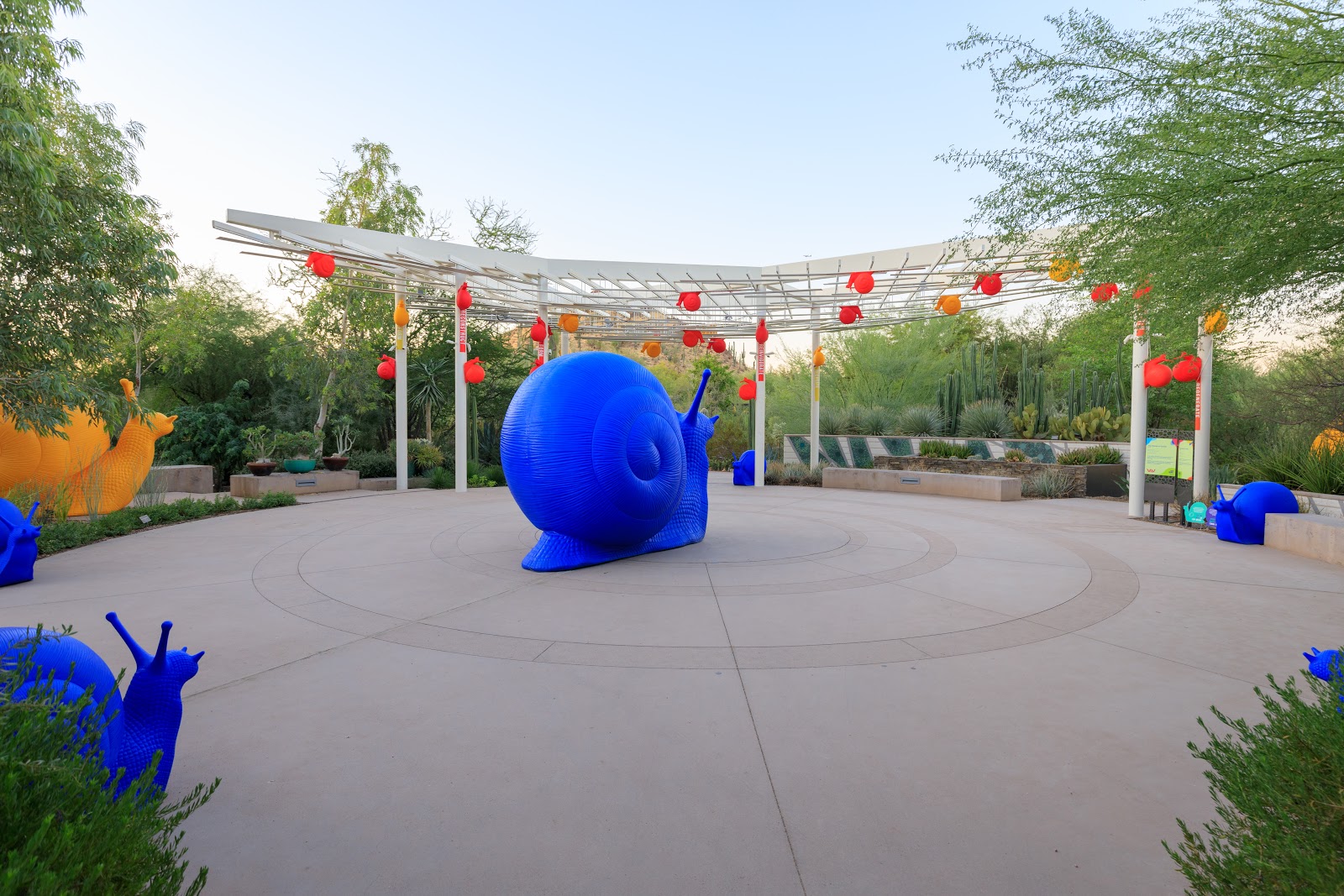
Part of the Desert Botanical Garden’s “Wild Rising” exhibit. The exhibit features bright colors meant to appeal to visitors’ desires to share vibrant photos on their social platforms. Source: Desert Botanical Garden.
Clare Hahne, marketing communications manager at Desert Botanical Garden, said the exhibit is very interactive and includes prompts that might give visitors an emotional reaction, and there are also a variety of children's activities.
“We think people who visit typically have more insight into the environment and sustainability,” said Hahne. “But a lot of the time people don’t realize the conservation issues facing our desert and deserts around the world. It’s been really interesting to see people have that extra touchpoint. I think [the Sonoran desert] is one of the most diverse desert ecosystems in the world.”
Desert Botanical Garden is working with CrowdRiff to monitor how visitors are engaging with the installations across its social platforms and to source user-generated content. Hahne and her team are cognizant of the potential impact an Instagram photo of a cactus posted on the garden’s account, for example, could have on the plant.
But the garden also has the benefit of having a team of researchers and horticulturalists that monitor plant health each day. “Cacti are kind of trendy right now and people want that Instagram moment,” she said…”We hope that our guests aren’t feeling this doom and gloom feeling when they see the exhibit. We want the exhibit to make them feel more unified. Ultimately this is more power by numbers. You’re taking something that is doom and gloom and inspiring positive change.”
Destinations Tell Tourists to Think Like Locals to Be Sustainable
Locals are typically more environmentally-conscious since they know the area and the issues facing it.
Tourism accounts for roughly eight percent of global carbon emissions, according to recent estimates, and tourists use more water than locals in some destinations.
That’s why destinations from Moab, Utah to Finland have also created responsible tourist pledges and propped up locals in marketing campaigns as examples to live by while visiting. By thinking and acting like locals, travelers are experiencing the destinations the way nature intended them to.
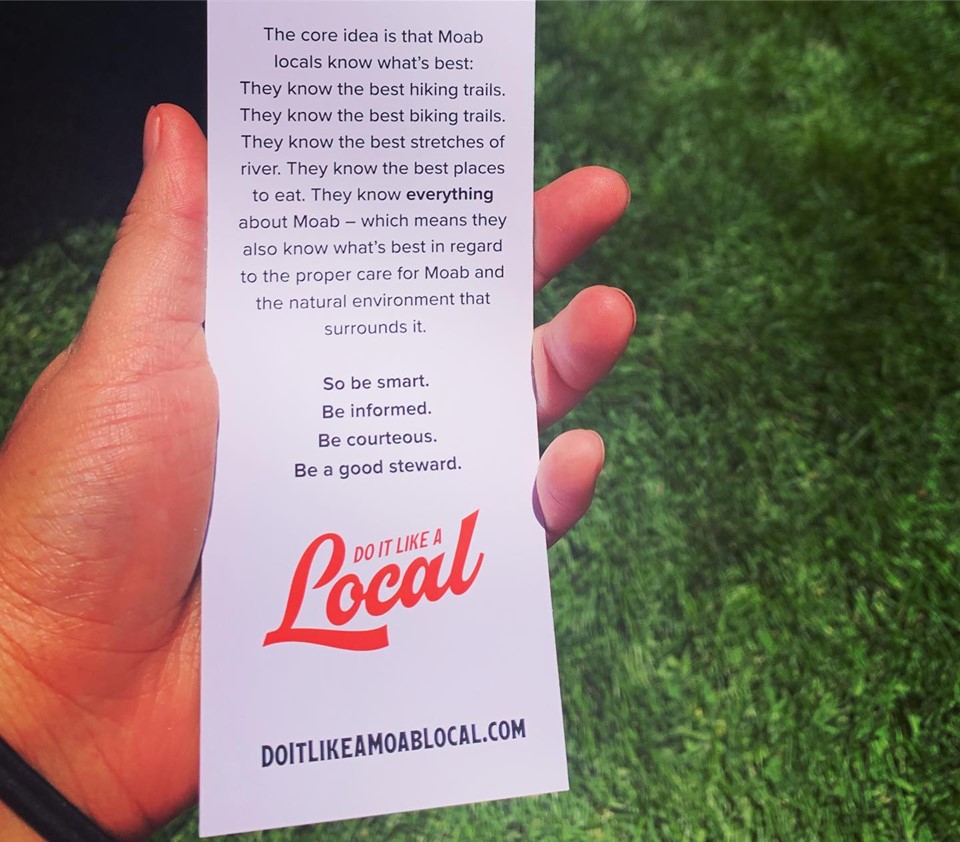
A photo from Moab Area Travel Council’s Do it Like a Local Campaign. Source: Facebook.
Booking.com’s survey also found 52 percent of respondents said that they now alter their behaviors while traveling to be more sustainable, such as walking or biking when possible. Some 68 percent of respondents also said they would like more of the money they spend on travel to go back to local communities.
Yet, more than one-third of respondents said they still don’t know how to make their travel more sustainable, and more than one-third also said they can’t afford extra expenses of sustainable travel.
While brands have made progress on surfacing the issue of sustainability in many travelers’ minds, it’s clear that brand social campaigns can go further and market the practicality of sustainable travel and explain how the solution to this global challenge starts with small steps.

